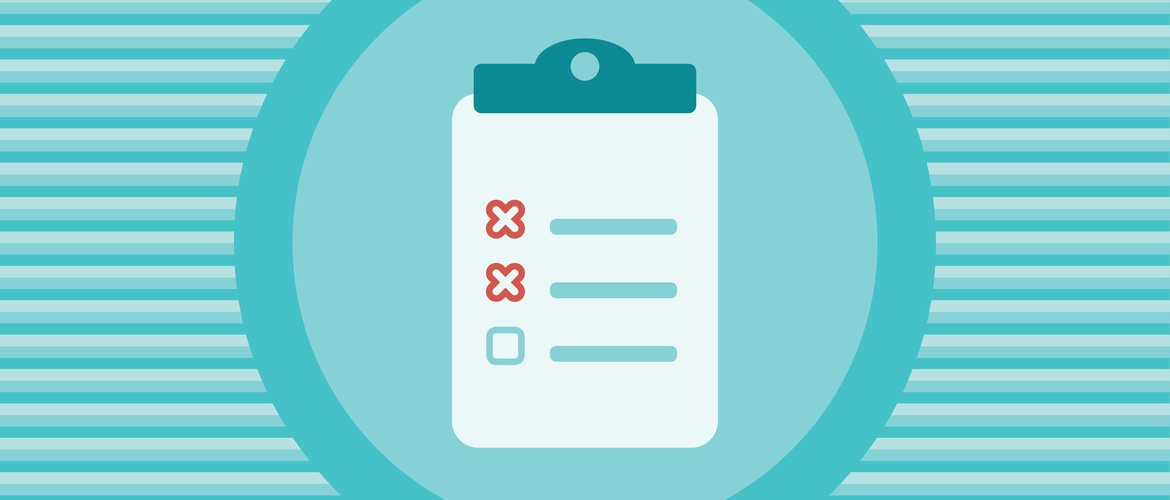
Choose a channel
Check out the different Progress in Mind content channels.

Progress in Mind

Effective communication between a clinician and their patient can play a critical role in the effective diagnosis and management of depression. It is estimated approximately 50% of people with depression are not diagnosed when attending primary care.1 This can be due to multiple factors, including difficulty for the patient to express exactly how they are feeling or omitting certain problems they may be having.1,2
It’s important for clinicians to clearly identify specific symptoms that patients may be facing. When reporting their symptoms, use of non-clinical or contextual language may be perceived in a number of different ways. Commonly patients can report feeling ‘hopeless’ or ‘down in the dumps’ when describing their mood symptoms.4 They may also mention feeling less motivated at work or having a lack of energy when dealing with their day-to-day tasks.4
However, many patients may disregard some of their symptoms as being linked to their depression and will choose not to share these with their clinician. This can include symptoms such as a lack of concentration or difficulty making decisions.4 It is essential to identify the patients who may fall into this category and ask them additional questions on potential symptoms that they hadn’t already discussed. Underreporting of symptoms has also shown to be more common as patients get older due to the impression that the problems they are facing are a result of the ageing process.5
This emphasises the importance for clinicians to ask their patients further questions surrounding other common symptoms associated with MDD, in addition to the patient’s self-reported symptoms. This allows them to gain a clearer understanding of their patient’s symptoms and help to manage their treatment plan effectively.